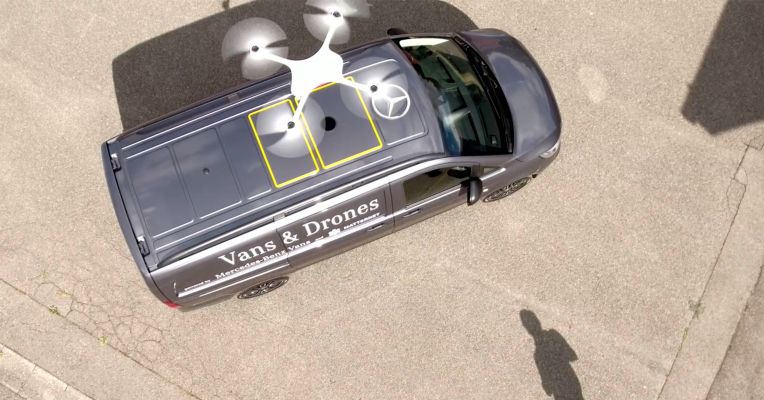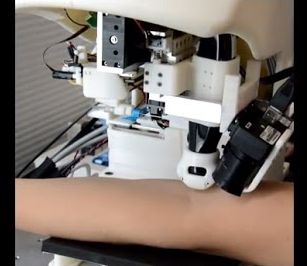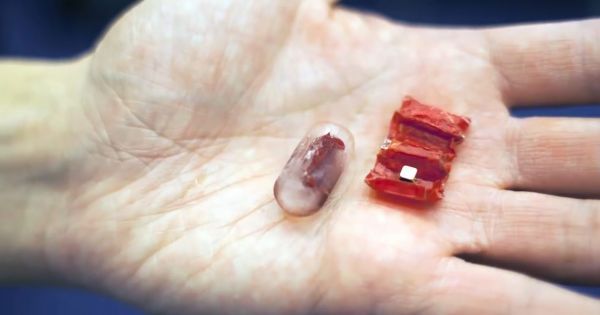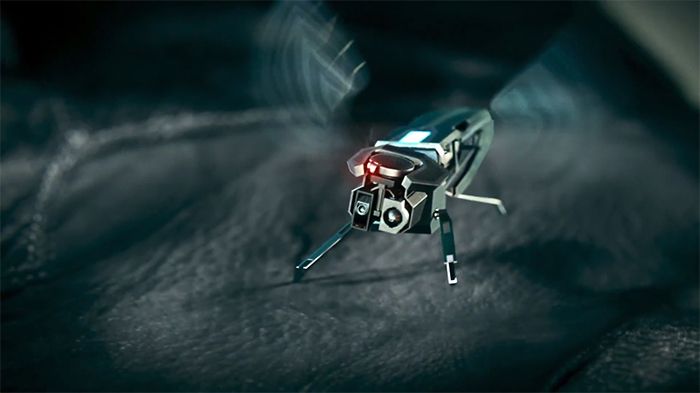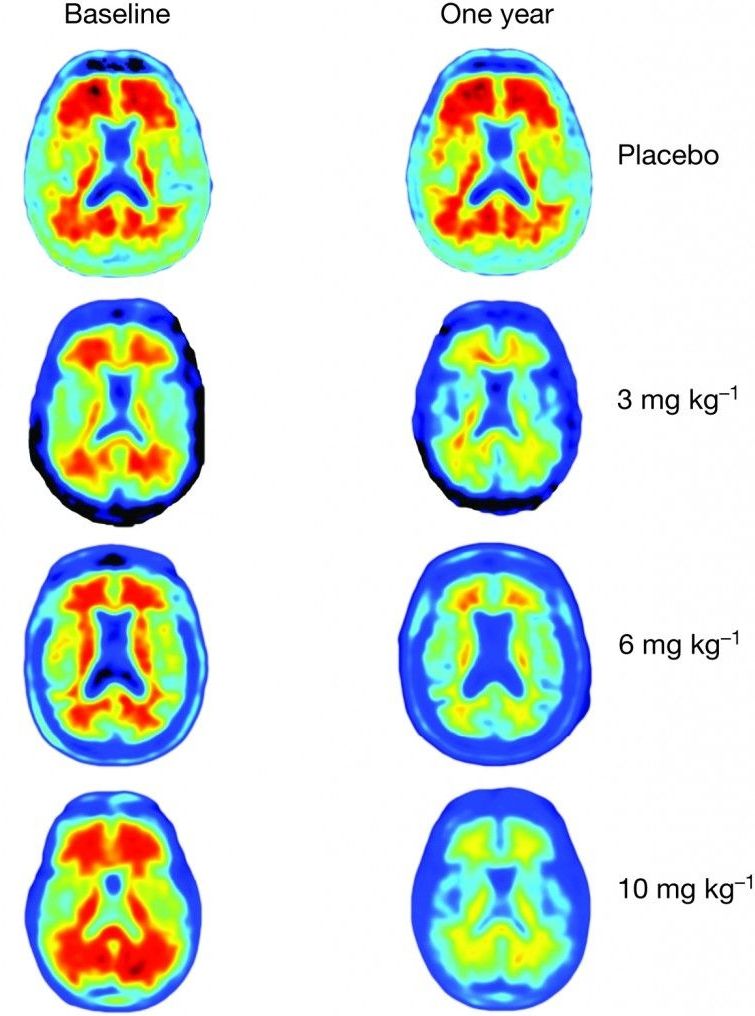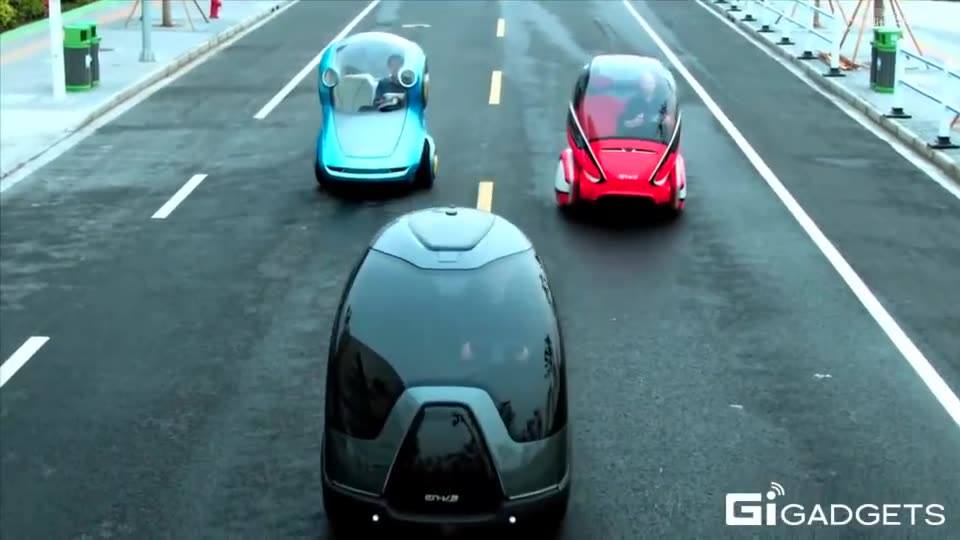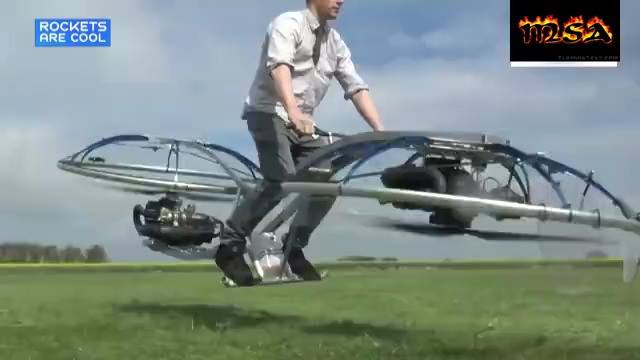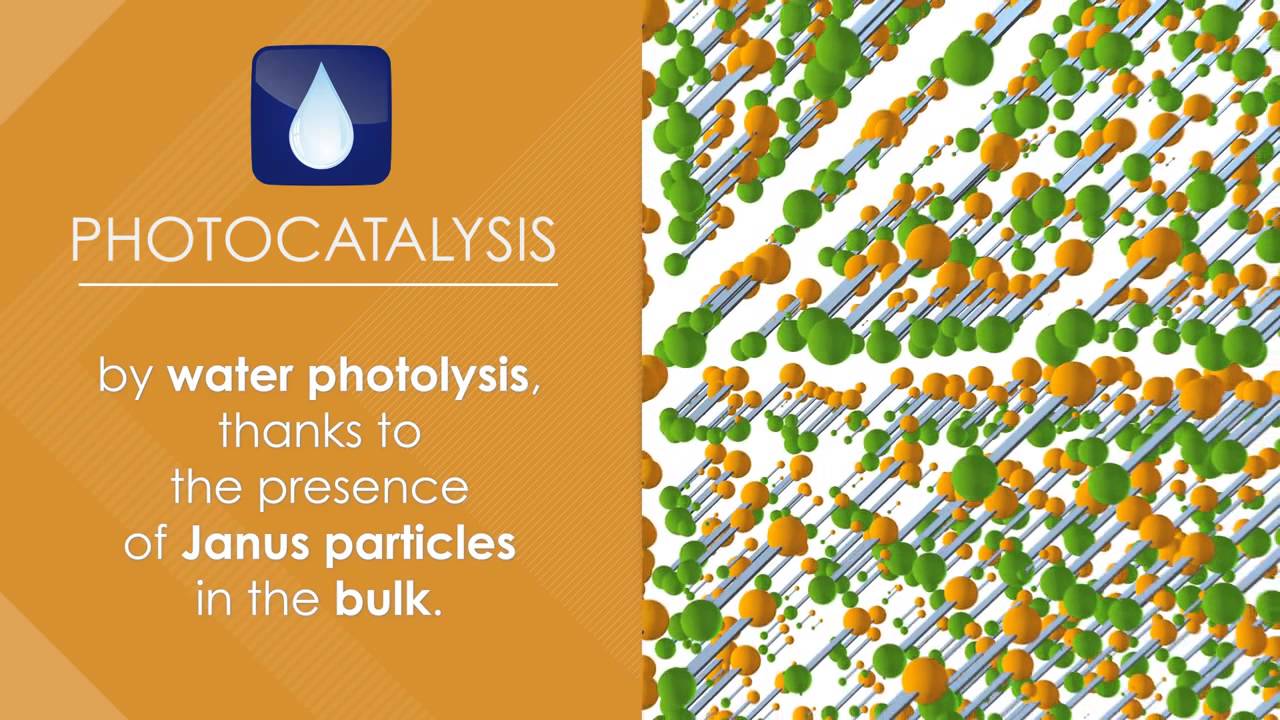Additional insights on QSS planned efforts; and (as with any government program) there is more to this program than these insights.
While China’s quantum science satellite (QSS) project is part of the Strategic Priority Programme on Space Science, the country’s first space exploration programme intended purely for scientific research, its experiments have significant military implications.
By Michael Raska
On August 16, 2016 China launched the world’s first quantum communications experiment satellite into orbit from the Jiuquan Satellite Launch Centre in the Gobi Desert. The small satellite, recently named Micius after an ancient Chinese philosopher, is tasked to establish a hack-proof communication line – a quantum key distribution network, while performing a series of quantum entanglement experiments in space for the first time.

